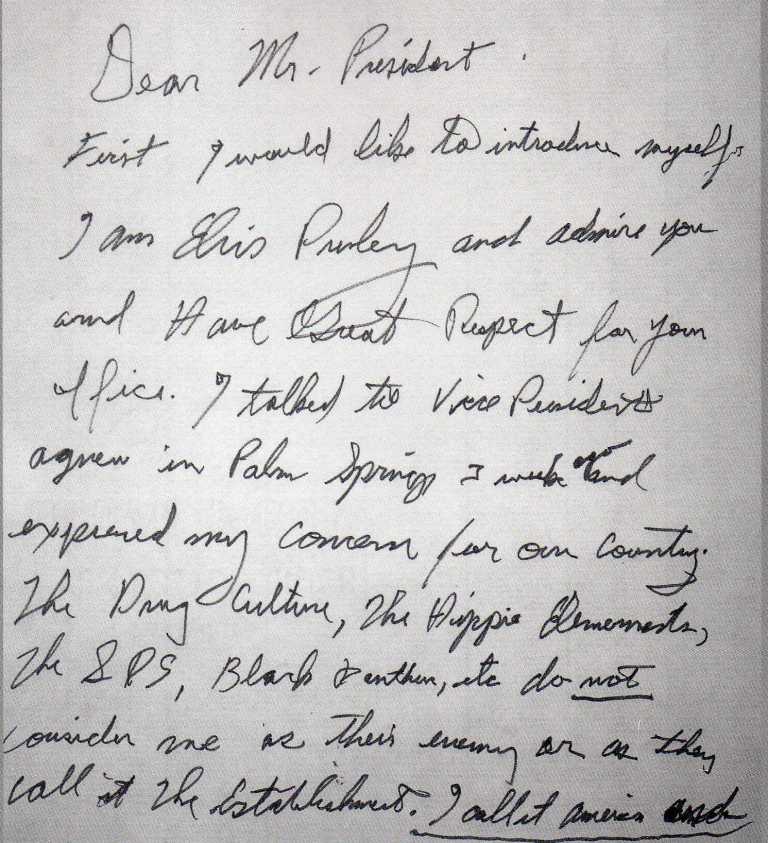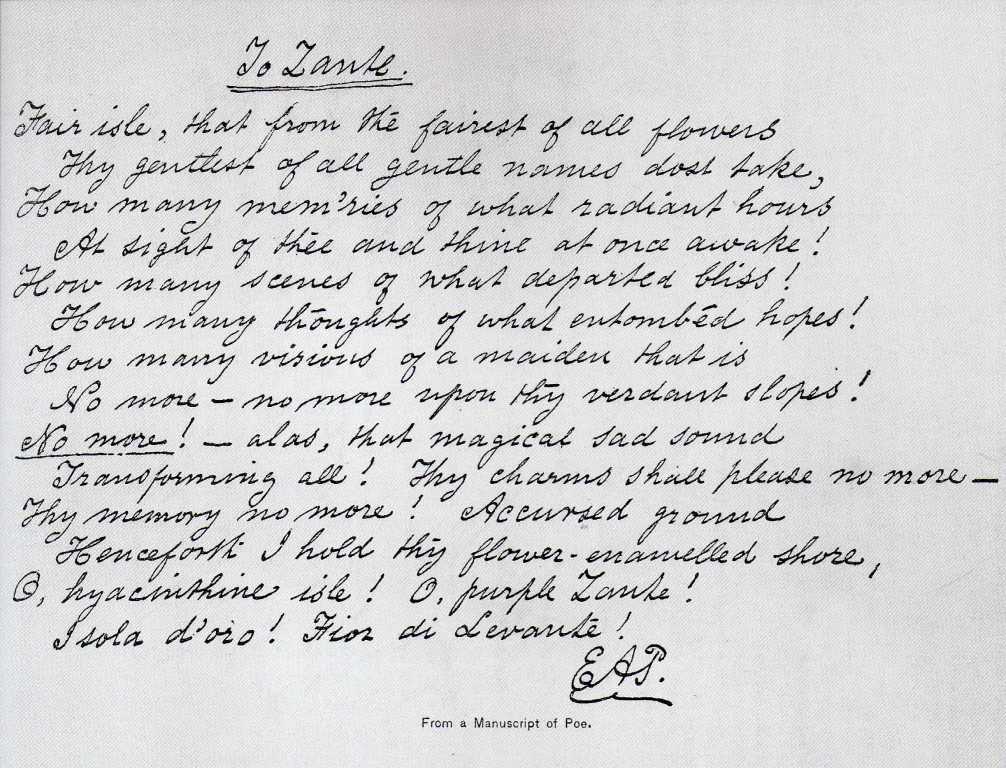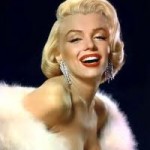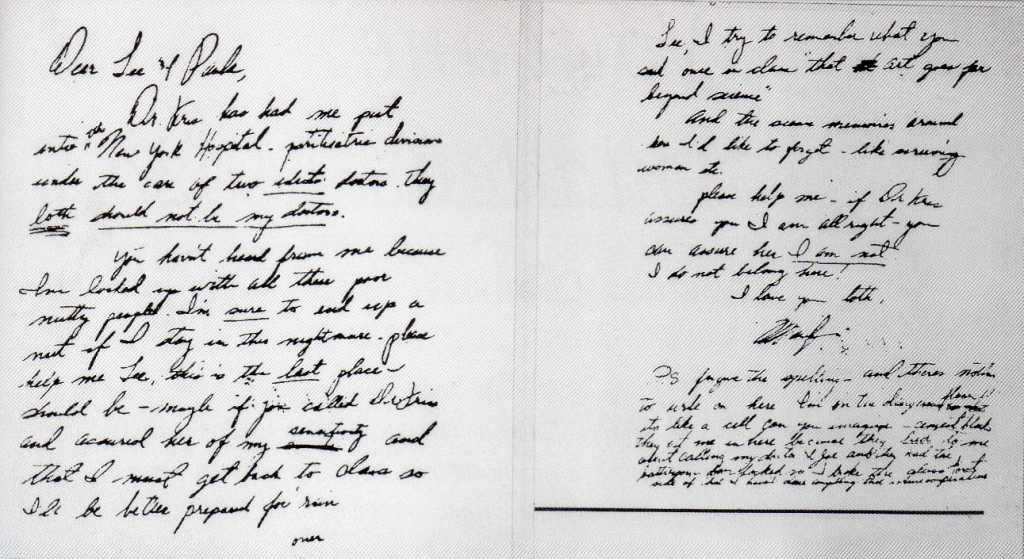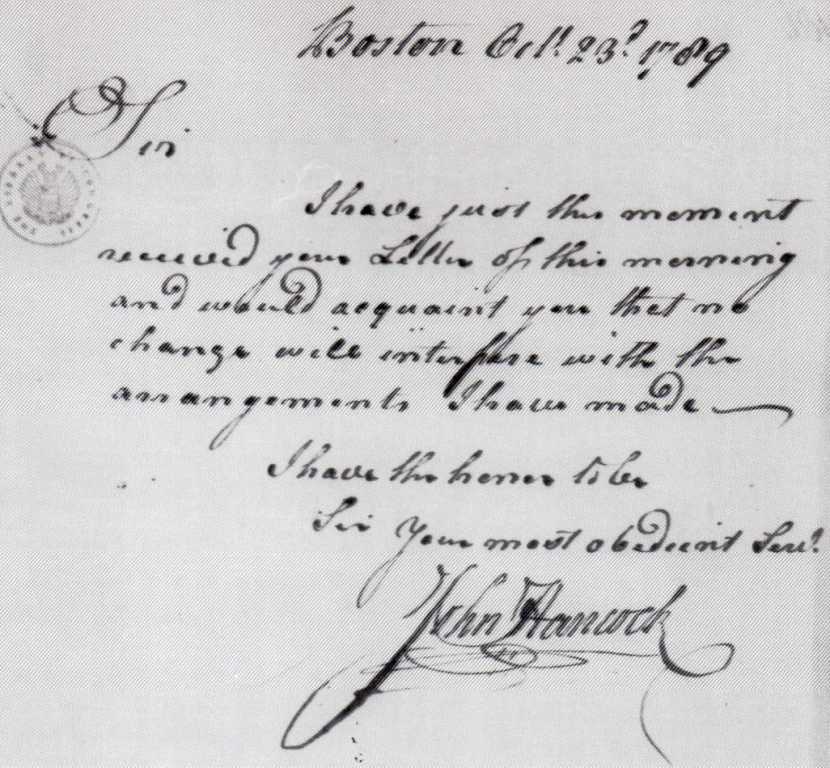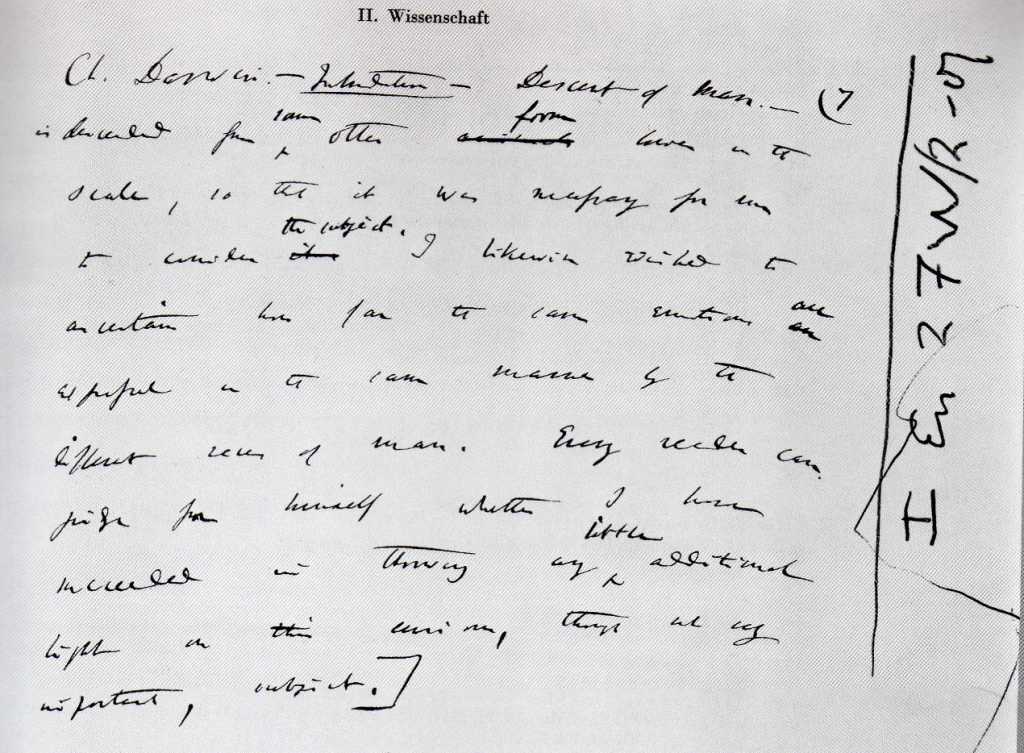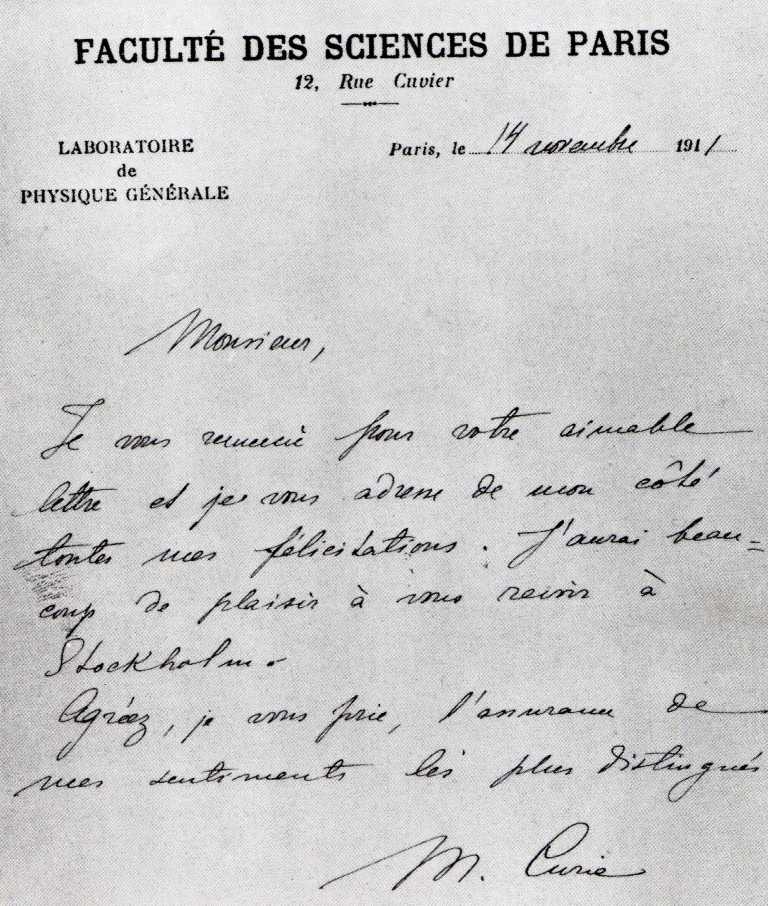The colour of the ink you choose to write with can be revealing – far more, perhaps, than you realise. When you choose one particular colour all the time, it can be a significant guide to your feelings; there are many colours to choose from nowadays, so you can pick one to suit your personality.
Furthermore, there is a wide range of pens available; the type you choose says a lot about your emotional attitude.
• Sensitive people still prefer a fountain pen, as do many executives and those in authority.
• Passionate types go for a thick heavy pen.
• Friendly sorts go for a medium pen.
• Critical and pedantic types opt for a thin-nibbed pen.
BLUE
Blue ink shows that you are basically a non-aggressive personality with a warm, friendly and outgoing nature. You are inclined to be sensitive, and there’s a caring side to your nature. You are often employed in areas such as nursing, social work and aiding the less fortunate.
A very bright blue pen shows a more sensitive nature, highly strung and sometimes lacking in physical energy and drive. You are very susceptible to atmosphere, people and places, and may have an interest in spiritual matters. Emotionally you don’t care for friendships that are too intense, and instead seek harmony and peace rather than frantic or erratic relationships that may be shortlived. You prefer your friends to keep their distance.
BLACK
Black shows the more dominant executive type of personality. Ambitious and anxious to make a name, you usually like to be in charge of your life, and are often found in a position of authority.
You are emotionally a tiny bit uptight, and don’t always give away your true thoughts and feelings. Your head is liable to rule your heart.
RED
Red ink is used by people who have large egos and who enjoy being in the limelight. If you choose red as your favourite colour ink, you have an exaggerated idea of your own image; you love to bathe in admiration, are energetic, emotionally passionate and highly active. Your enthusiasm for new ideas can lead you into odd areas, and you tend to be self-opinionated and lacking in consideration for other people’s feelings.
Yours is a passionate and affectionate nature and your love life is often hectic and full of adventure. You have a sexy nature and enjoy the physical aspect of life very much. You don’t care for any form of restriction on your emotional feelings, but like to express them fully, sometimes in a dramatic way.
VIOLET
‘A time and place for everything’ is your motto, and this includes sex. Because you aren’t spontaneous or impulsive in this area you can become somewhat boring, and are not a very adventurous lover.
BROWN
Brown ink is frequently used by artistic or creative people who seek attention for their efforts. There is an unusual mixture of insecurity and friendliness in your nature, and
THE INK AND THE PEN
you have a tendency to go for unconventional thinking, and even unconventional relationships. But you always keep an eye on your security.
GREEN
Green isn’t a favourite colour, although introspective types who wish to retreat into themselves now and again do like to use it. Although you are mentally agile you don’t always grasp opportunities as you could do. Emotionally you have a habit of analysing your feelings out of existence.

